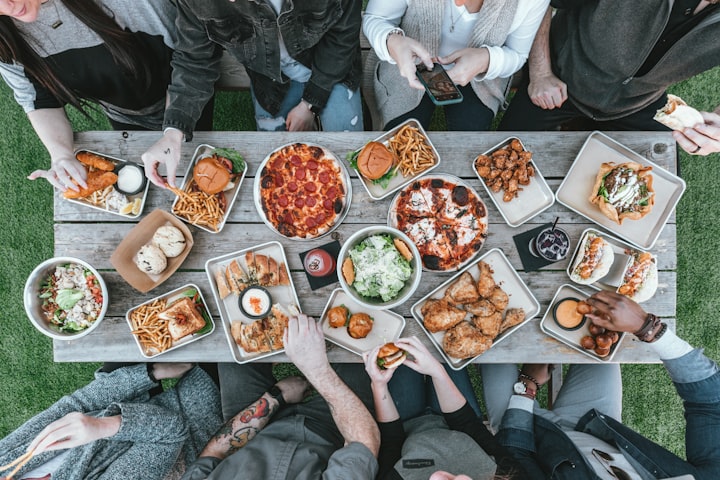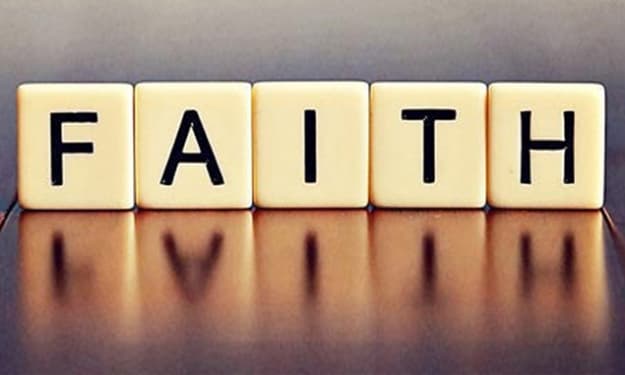Gratitude Across Centuries
The History of Thanksgiving

Introduction:
Thanksgiving, celebrated with feasts, family gatherings, and expressions of gratitude, is a cherished tradition in the United States. Beyond the modern festivities, the roots of Thanksgiving delve deep into history, reaching back to the early 17th century. This blog post explores the rich tapestry of the history of Thanksgiving, from its humble beginnings to the widespread and heartfelt celebration it is today.
The Origins:
The story of Thanksgiving in America is often traced back to the year 1620 when a group of English Pilgrims, seeking religious freedom, set sail on the Mayflower. After a perilous 66-day journey, they landed at Plymouth Rock in present-day Massachusetts. The Pilgrims faced a harsh winter, and by the time spring arrived, nearly half of their original group had perished.
The Wampanoag, a Native American tribe led by Chief Massasoit, played a pivotal role in the survival of the Pilgrims. Squanto, a member of the Wampanoag who had learned English, taught the Pilgrims essential skills such as farming and fishing, helping them cultivate crops and establish a sustainable settlement.
The First Thanksgiving:
In the fall of 1621, after the Pilgrims had successfully harvested their crops, they invited the Wampanoag to join them in a three-day feast to express their gratitude for the bountiful harvest and the help they had received. This event is often regarded as the first Thanksgiving.
The feast was a blend of English and Native American traditions, featuring dishes like venison, turkey, seafood, corn, beans, and squash. The celebration wasn't merely about the abundance of food but also symbolized the unity and goodwill between two distinct communities.
Thanksgiving in the 19th Century:
While the first Thanksgiving was a significant event, it wasn't until the 19th century that Thanksgiving started to take on a more recognizable form. Influenced by Sarah Josepha Hale, a prominent magazine editor and writer, Thanksgiving gained popularity as a national holiday.
Hale, known for her advocacy, lobbied tirelessly for the establishment of Thanksgiving as a national holiday, believing it would foster unity and gratitude. She wrote numerous editorials and letters to political leaders, including an influential letter to President Abraham Lincoln in 1863. In response, President Lincoln proclaimed Thanksgiving a national holiday, designating the fourth Thursday in November as the official day of celebration.
Thanksgiving Parades and Traditions:
In the early 20th century, Thanksgiving became not only a day of feasting but also a time for community and celebration. Macy's Thanksgiving Day Parade, which began in 1924, marked the start of the holiday season and has become a beloved tradition, featuring giant balloons, floats, and marching bands.
Football also became synonymous with Thanksgiving, with the National Football League (NFL) scheduling games on this day, providing entertainment for millions of families across the country. These traditions have become ingrained in American culture, creating lasting memories for generations.
Thanksgiving in Popular Culture:
Over the years, Thanksgiving has found its way into various forms of popular culture. From classic films like "A Charlie Brown Thanksgiving" to heartwarming episodes of beloved TV shows, the holiday is often depicted as a time for reflection, appreciation, and, of course, delicious meals.
Cultural significance is also evident in literature, with authors capturing the essence of Thanksgiving in novels and stories that explore themes of family, gratitude, and the importance of coming together.
Modern Celebrations:
In contemporary times, Thanksgiving remains a cornerstone of American culture, celebrated with diverse traditions that vary from family to family. While the feast continues to be a central focus, the emphasis on gratitude and spending time with loved ones is paramount.
Volunteerism and charitable activities have become integral to Thanksgiving celebrations, with many individuals and families taking the opportunity to give back to their communities. Food drives, donations, and volunteering at local shelters have become meaningful ways to express gratitude by helping those in need.
Conclusion:
The history of Thanksgiving is a tale of survival, friendship, and the enduring human spirit. From the humble beginnings of a shared feast in 1621 to the modern-day celebrations marked by parades, football, and family gatherings, Thanksgiving has evolved into a cherished and multifaceted holiday.
As we sit down to enjoy our Thanksgiving meals, let us remember the Pilgrims and the Wampanoag, whose unity and gratitude laid the foundation for this annual tradition. In the spirit of the season, may we continue to appreciate the abundance in our lives and extend a helping hand to those less fortunate, ensuring that the essence of Thanksgiving endures for generations to come.





Comments
There are no comments for this story
Be the first to respond and start the conversation.